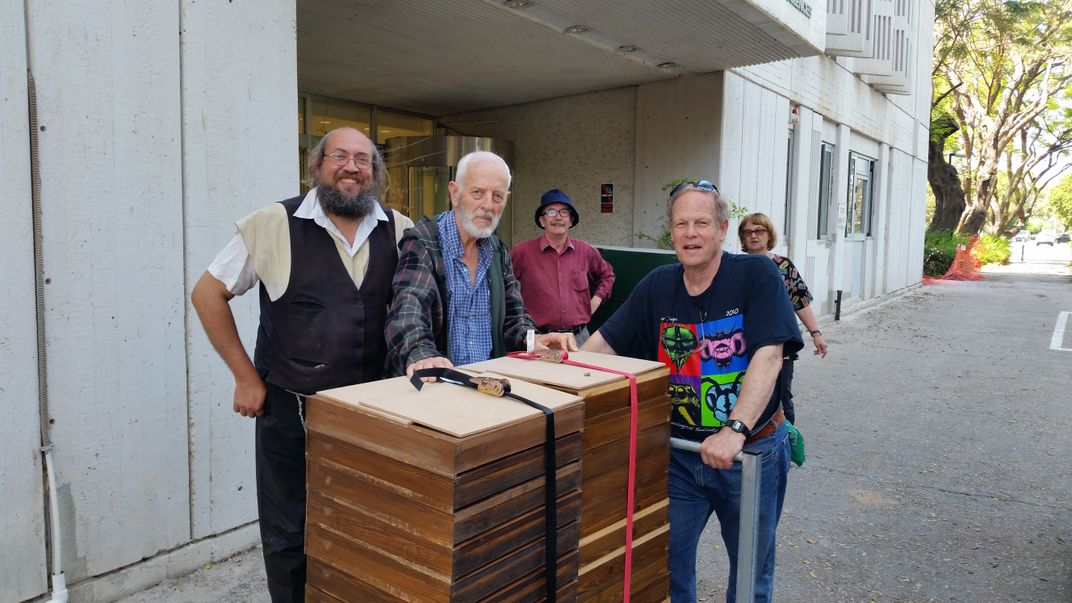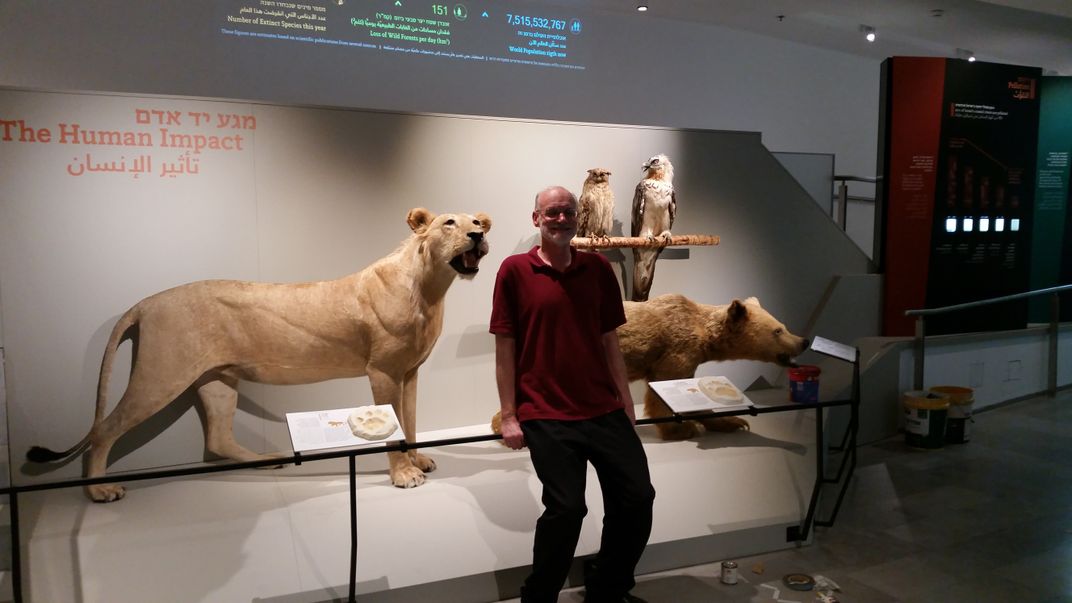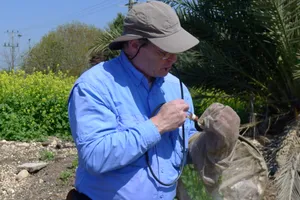NATIONAL MUSEUM OF NATURAL HISTORY
Here’s How the Smithsonian Helped Develop the Middle East’s First Natural History Museum
The Middle East’s first comprehensive natural history museum recently opened with help from the Smithsonian.
/https://tf-cmsv2-smithsonianmag-media.s3.amazonaws.com/blogging/featured/SMNH_Finished_2935.jpg)
Petra, the Pyramids of Giza, the Dead Sea. The Middle East has long been home to countless natural wonders of the world. But despite all of its marvels, the region has lacked a way to showcase its natural treasures holistically. Now, Israel is tackling that problem by opening the Middle East’s first comprehensive natural history museum with the Smithsonian’s help.
With more than 5 million objects and 100,000-square-feet of museum space, the Steinhardt Museum of Natural History: Israel National Center for Biodiversity Studies at Tel Aviv University is the Middle East’s largest natural history museum. When it opened to the public full-time in September, visitors could see early human skulls, rare birds, diverse insects, whale skeletons, and more. But what they didn’t see was the years of preparation and hard work from the museum’s staff and external consultants from peer organizations, like me.
I became involved with the Steinhardt Museum in 2011. My home institution, the Smithsonian’s National Museum of Natural History, signed a Memorandum of Agreement that “loaned” me to the new museum to analyze collections needs and provide advice for the development of the new Museum. I did my Cornell University, Fulbright-sponsored doctoral fieldwork and a postdoctoral fellowship in Israel in the 1970s. I was quite familiar with its natural history and culture and I’ve spent most of the intervening 40 years in the “museum business,” mostly at the Smithsonian.

Initially, I spent 8 months in Israel in 2011, sharing much of my museum and collections management expertise with Steinhardt Museum staff. I offered a mini-course about natural history museum collections management best practices, policies, and procedures. This was based on a three-year Latin American Collections Care Museum Training Program in which I had been deeply involved in at the Smithsonian.
In 2013 and 2014, I returned to the Steinhardt “on loan” again from the Smithsonian. I spent much of my time assessing the Entomology collections and making recommendations for its care, access, and storage. After becoming emeritus (but retaining a Research Associate affiliation) at the National Museum of Natural History in early 2015, I traveled annually to Israel as a volunteer consultant and was eventually named the Associate Curator of Entomology and a Museum Advisor for the Steinhardt Museum of Natural History. The Smithsonian’s collaboration with the Steinhardt didn’t end here, however, as Dr. Scott E. Miller—then the Smithsonian’s Deputy Under Secretary for Museums and Research— also advised in the museum’s development at the start and near the end of its construction phase.

In my new role, the majority of my advisory efforts were for Entomology, specifically around the preparations made to move Israel’s National Insect Collections to the new museum building. Based on my experience at the Smithsonian, I arranged for the purchase of new standardized drawers, cabinets, and move carts, single-handedly re-organized large parts of the collections, and planned the placement of about 150 cabinets in the new storage space. Ultimately, the Entomology collections were the first research collections to move into the new museum building.
The Smithsonian routinely offers its expertise to other smaller organizations in the forms of research collaborations and the loaning of objects. It less frequently, however, shares such extensive Smithsonian-based advice and guidance regarding the management of scientific collections that form the “foundation” of research museums like the Steinhardt. With the help of the Smithsonian’s National Museum of Natural History, Israel opened the first comprehensive natural history museum in the Middle East, providing a valuable scientific and cultural resource for the world.

